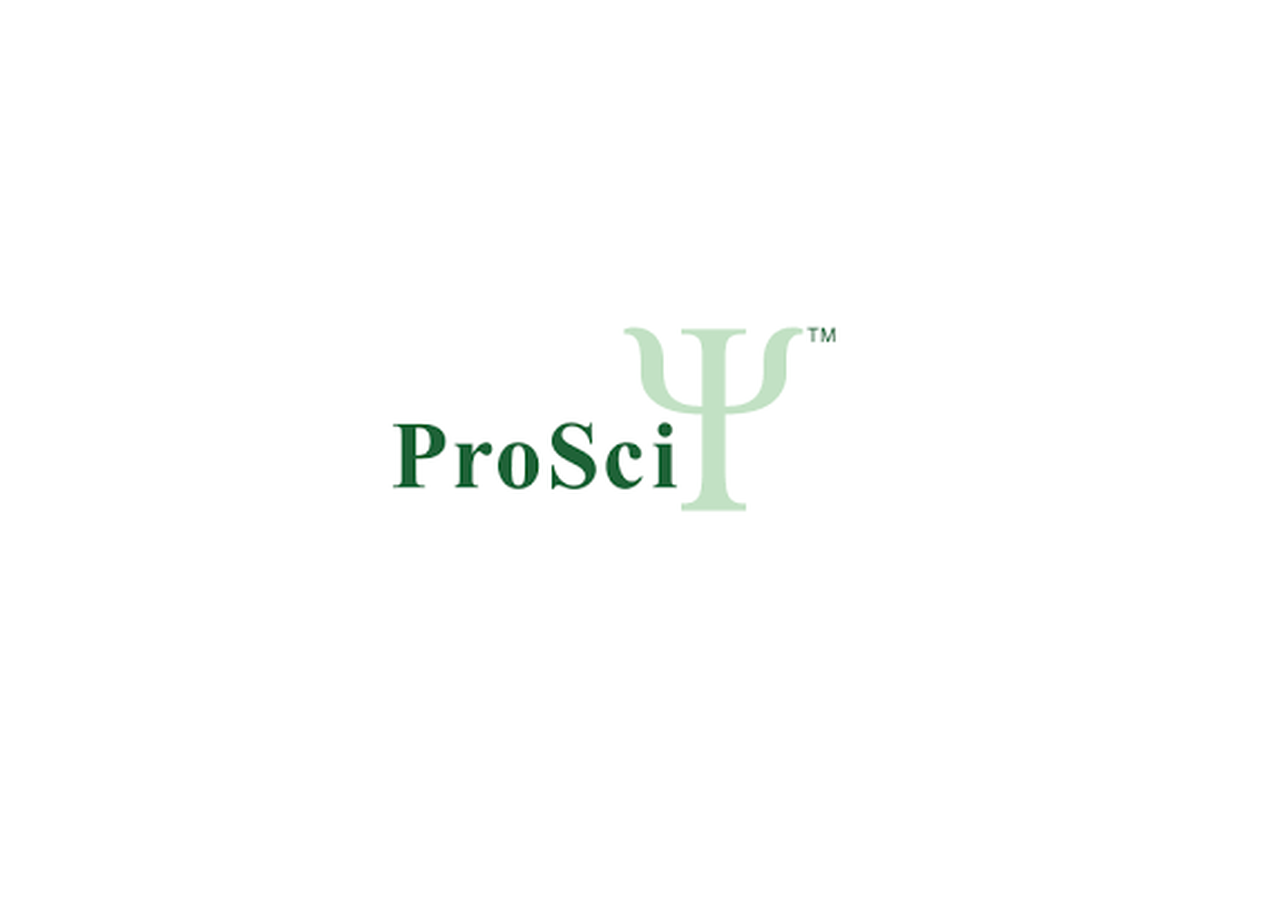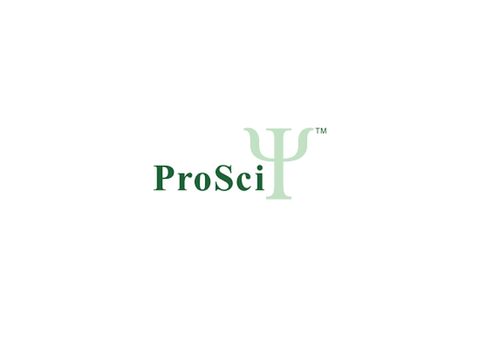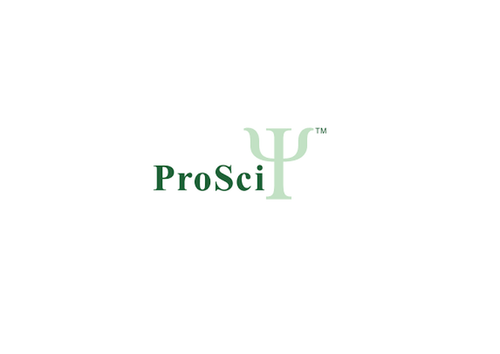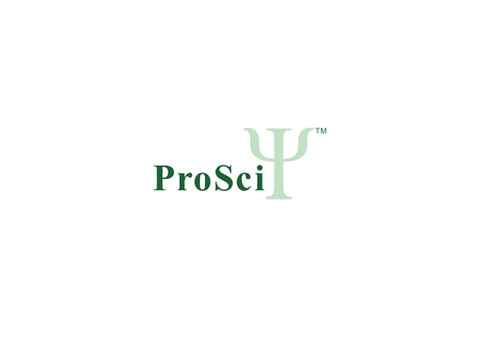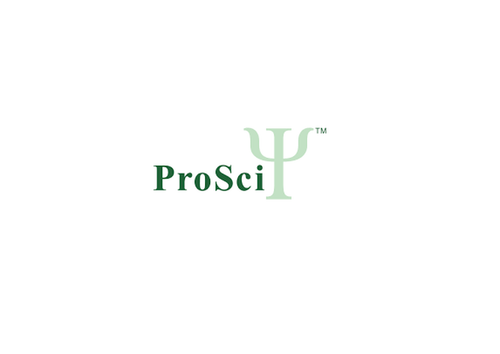Product Description
Matrillin Detection Set | PSI-1830 | ProSci
Host: N/A
Reactivity: Human
Homology: N/A
Immunogen: Rabbit polyclonal antibodies were raised against peptides corresponding to amino acid sequences from each of the corresponding proteins.
Tested Application: E, WB, IF
Application: These polyclonal antibodies can be used for detection of MATN1 - 4 by immunoblot at 1 - 2 μg/mL and Immunoflourescence.
Specificity: N/A
Purification: Antibodies are supplied as affinity chromatography purified IgG.
Clonality: Polyclonal
Isotype: N/A
Conjugate: N/A
Physical State: Liquid
Buffer: PBS containing 0.02% sodium azide.
Concentration: Antibody 1 mg/mL
Storage Condition: Stable at 4˚C for three months, store at -20˚C for up to one year.
Background: Matrilins (MATNs) are a family of non-collagenous extra-cellular matrix (ECM) proteins consisting of four known members that have been proposed to play key roles in modulating cellular phenotypes during chondrogenesis of mesenchymal stem cells (MSCs). MATN1 and MATN3 are expressed specifically in cartilage and are among the most up-regulated ECM proteins during chondrogenesis. MATN1 is composed of two Willebrand Factor A (vWFA) domains separated by one EGF-like domain, whereas MATN3 is composed of a single N-terminal vWFA domain followed by four epidermal growth factor (EGF) repeats and a coiled-coil domain. MATN1 or MATN3 may play a role in modulating chondrogenesis during the chondrocyte differentiation process. Mutations of MATN1 have been associated with variety of inherited chondrodysplasias, while aberrant expression and processing of MATN3 are hallmarks of conventional cartilaginous neoplasms. The MATN1 promoter region has also been shown to be associated with both susceptibility and disease progression in Adolescent idiopathic scoliosis. Other studies indicate that MATN2 is a permissive substrate for axonal growth and cell migration, and it is required for successful nerve regeneration, while MATN4 could serve as an odontoblast differentiation marker, e.g. in odontoblast stem cell research.
For images please see PDF data sheet
User Note: Optimal dilutions for each application to be determined by the researcher.
 Euro
Euro
 USD
USD
 British Pound
British Pound
 NULL
NULL

